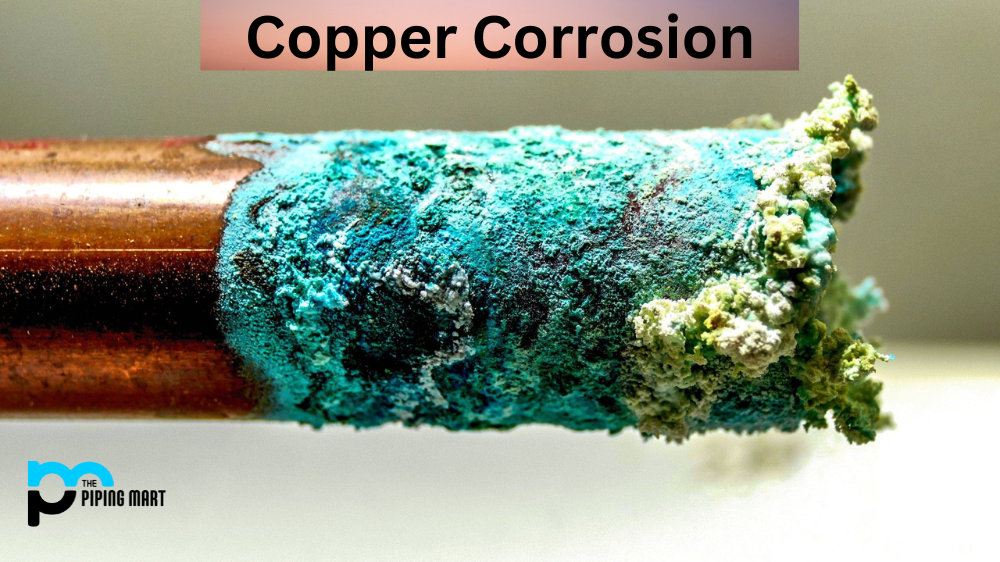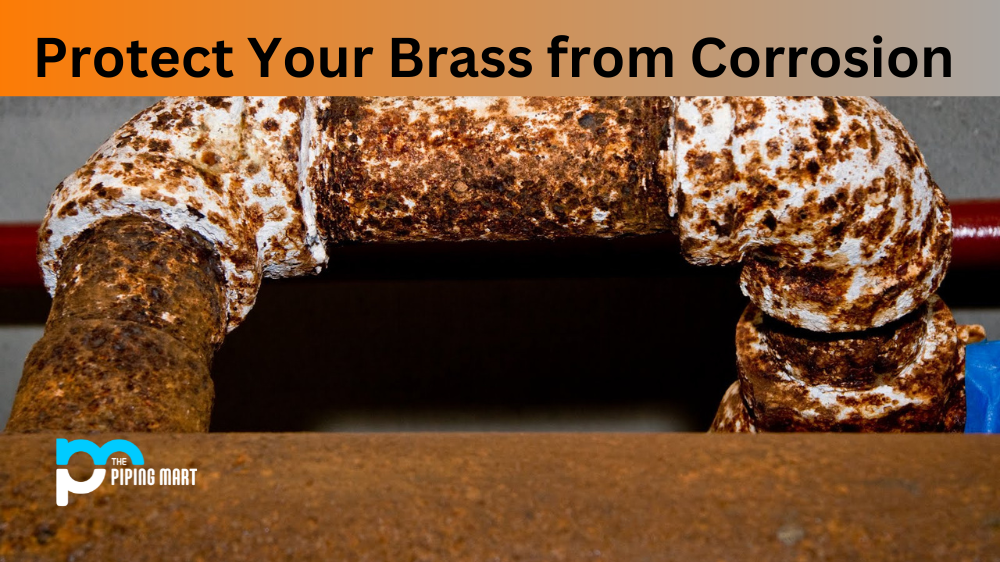Copper is a versatile material with many applications, including electrical wiring and plumbing. It’s also known for its corrosion resistance. But what is copper corrosion? How does it occur, and how can you prevent it? In this blog post, we’ll answer these questions and more as we dive into the fascinating world of copper corrosion.
What Is Copper Corrosion?
Copper corrosion occurs when the metal comes into contact with water or oxygen in the presence of an electrolyte, such as salt or sulfuric acid. This causes a reaction between the metal and the electrolyte, resulting in oxidation of the copper surface, which leads to discoloration (often greenish-blue) and loss of strength in the metal. Different types of corrosion occur depending on the environment and type of electrolyte present. For example, pitting corrosion is caused by high concentrations of chloride ions in water and manifests as small pits in the copper surface.
Preventing Copper Corrosion
The best way to prevent copper corrosion is through preventive maintenance. This involves regularly inspecting your copper components for signs of wear or damage, cleaning them regularly to remove dirt and other contaminants that can accelerate corrosion, and applying an appropriate protective coating such as lacquer or oil to increase their resistance to environmental conditions like humidity or extreme temperatures. Additionally, using a good-quality copper alloy will help reduce the risk of premature failure due to corrosive elements in your environment. Finally, using a good quality anti-corrosive spray or oil can help protect against moisture-related damage.
Copper corrosion inhibitor
Copper corrosion inhibitor is essential for anything that needs to remain corrosion-free when in contact with copper material. It provides a coating on the object that prevents copper from corroding, which is essential in many industries. Its versatility allows it to be used in different environments and even under corrosive conditions. Copper corrosion inhibitors provide cost-efficient protection because they are easy to apply and can last for a long duration under various climate changes. The use of these inhibitors is highly recommended as it helps prevent costly repairs while maintaining the aesthetics of the environment where they are being used.
Testing For Copper Corrosion
If you suspect that your copper components are corroding prematurely due to environmental factors like humidity or salt air exposure, then it’s important to test for any signs of corrosion before replacing them completely. The most common test used for detecting copper corrosion is called “voltammetry,” which measures electrical current flow through a sample piece of copper when exposed to an electrolyte solution containing different levels of salts or acids such as hydrochloric acid (HCl), nitric acid (HNO3), sulfuric acid (H2SO4), etc.). Depending on how much current passes through the sample piece you can determine if there has been any degradation due to rusting or pitting from corrosive agents present in your environment.
Copper corrosion test for LPG
Copper corrosion testing for LPG is a vital step in ensuring the safety and longevity of a liquid propane gas system. It helps identify any issues with the integrity of piping systems, checking for potential leaks, breaks, and other damage that could occur over time due to exposure to corrosive elements such as water and oxygen. This test works by exposing copper samples to different concentrations of corrosive components, mimicking the conditions of what an LPG system would experience over its lifetime. By identifying weaknesses in the pipe before they become dangerous or cause mechanical failure, this test keeps businesses and homes safe from costly or potentially hazardous problems.
Conclusion:
Understanding why copper corrodes is essential for those who use it for building purposes, whether it be wiring homes or plumbing buildings. It’s important to know what causes this process so that you can take steps toward preventing it by properly maintaining your components and applying protective coatings where necessary. Additionally, testing for signs of deterioration should be done regularly so that you can replace parts before they become too damaged by corrosive agents like salts and acids found in certain environments – helping protect against costly repairs down the line! With this knowledge, you’re ready to make informed decisions when using this versatile metal in your next project!

A passionate metal industry expert and blogger. With over 5 years of experience in the field, Palak brings a wealth of knowledge and insight to her writing. Whether discussing the latest trends in the metal industry or sharing tips, she is dedicated to helping others succeed in the metal industry.




